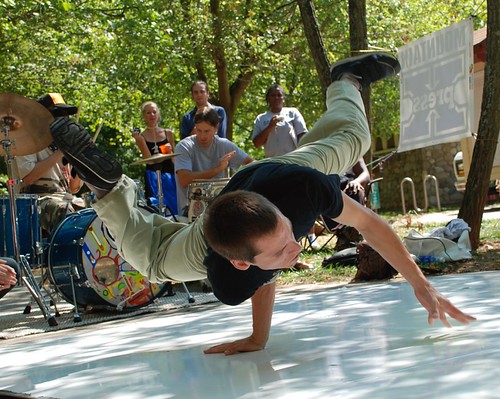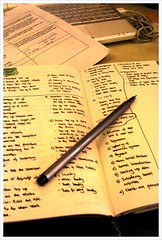3 Ways to Release Your Creative Dancer
As dancers we’re constantly striving to create art with our bodies.
Sometimes we feel like we’re stuck in a rut, like we’re performing the same motions in the same uninspired, rote manner.
Sometimes we feel like we’re on fire, ideas, rhythms and variations pouring out of us raw and unbridled.
Creativity is a “seething cauldron of ideas, where everything is fizzling and bobbing about in a state of bewildering activity.”
~William James
How do we channel that seething cauldron of ideas?
Attempting to force creativity is akin to catch a river with your bare hands. It just doesn’t work that well.
Recent studies in creativity suggest that by recalling a time where we were free to act without worrying about doing the wrong thing, ala childhood, we unstifle the imagination. By casting ourselves as children, we unburden ourselves from the inner critic who tells us we are doing it wrong.
How then we do apply this knowledge to our creative pursuit–dance?
Visualization and Recollection
By visualizing ourselves or describing what we would do if we were seven years old, we incorporate that character into our creative process.
Take 5 to 10 minutes before creating and imagine yourself as a child, write down what you would do with your day if you had the entire day off and you were a child of seven years old.
Then go on to create.
A study at North Dakota State University by Darya Zabelina and Michael Robinson used this technique to test creative solutions in a group of undergraduate students. They discovered that those students who were instructed to recall that childhood playfulness scored higher on creativity tests following the exercise than those who did not recall their childhood.
Experimentation
When creating place specific restricting criteria on your movement, or add an element to your movement that is unfamilar to your normal repertoire.
Once you have those restrictions, just go. Don’t take the the time to diagnose everything.
By releasing yourself from the requirements of knowing all of the elements or being fully comfortable with the situation at hand you force yourself to improvise.
A few years ago I danced almost solely in rubber soled shoes, but on the occasion when I was having an off night I kept a pair of leather soled shoes with me. I would change out my shoes and this unfamiliar element (slippery shoes) would release a whole different set of creative impulses that were bound up when wearing sticky shoes.
Play
Take the two exercises above and you’ll see similar elements of play in both of them. Children play a majority of the time, we don’t have the inhibited impulses of adults questioning ourselves, we don’t know all the answers, and we’re looking to explore.
Before creating take some time to play around. Goof off, mess around, whatever you want to call it. Be humourous, take risks, get on all fours and roll on the ground. Play a game that you played growing up (four square, tag, clapping games, etc.).
Exercise the physical playfulness of the body to release the tensions that inhibit creation.
Then shift modes into dancing.

 Have Notes
Have Notes Visualize yourself going through the routine movement by movement in conjunction with the music (don’t actually listen to the music – it should be part of the visualization).
Visualize yourself going through the routine movement by movement in conjunction with the music (don’t actually listen to the music – it should be part of the visualization).